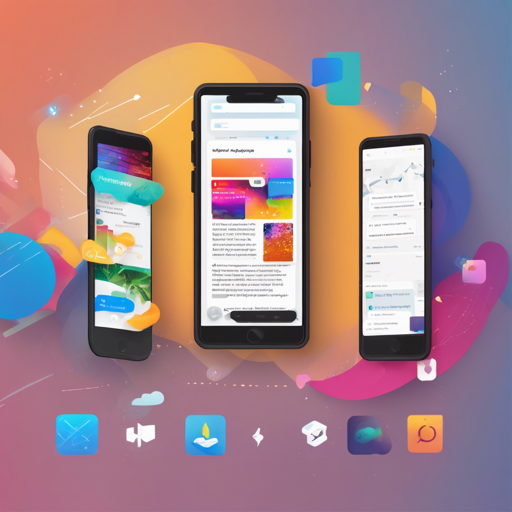Welcome to the ultimate guide on utilizing the Story View Flutter widget. Inspired by popular storytelling platforms like WhatsApp and Instagram, this widget allows you to create captivating stories for your application. Let’s dive into how you can implement this feature seamlessly!
Installation
Before we get into the fun part of building stories, you’ll need to add the story_view package to your project. To do this, you should modify your pubspec.yaml file by adding story_view as a dependency:
dependencies:
story_view: ^latest_versionUsage
Once you have installed the package, you can import it into your Flutter application:
import 'package:story_view/story_view.dart';For quick reference, you can take a look inside the example file story_example to see how to effectively use the library. Simply copy and paste the relevant code into your main.dart file to explore its functionalities.
Creating Stories
The core of your story view lies in the StoryView widget. You need to provide it with a list of StoryItem objects, which specify what content appears in each story page. Each content type can be individually customized. Here’s a breakdown:
StoryItem.text– Creates a story page that contains only text.StoryItem.pageImage– Creates a story item to display an image with a caption.StoryItem.inlineImage– Displays an image within a linear view like a List or Column.StoryItem.pageVideo– Use this for video stories; just provide the URL.
Think of these story items as ingredients in a recipe. Just as you would combine various ingredients to make a delicious dish, you can layer different story items to create engaging narratives for your users.
Implementing Story Controller and Loaders
To enhance user experience, it’s best to pause the stories while images are loading. Create a global instance of StoryController and use it while invoking StoryItem.pageImage or StoryItem.inlineImage.
final controller = StoryController();
@override
Widget build(BuildContext context) {
List storyItems = [
StoryItem.text(...),
StoryItem.pageImage(...),
StoryItem.pageVideo(..., controller: controller),
];
return StoryView(
storyItems,
controller: controller,
repeat: true,
onStoryShow: (s) => notifyServer(s),
onComplete: () {},
onVerticalSwipeComplete: (direction) {
if (direction == Direction.down) Navigator.pop(context);
},
);
} Here’s where the magic happens! Imagine you are constructing a film—thinking about pacing, transitions, and audiences’ reactions—this code allows you to control how your stories are presented, much like a director guiding a film’s scenes.
Troubleshooting
If you encounter any issues while using the story_view package, here are a few tips:
- Ensure that you have correctly added the dependency in your
pubspec.yamlfile and runflutter pub get. - Make sure you have the correct imports at the top of your Dart file.
- If images are not loading, check your image URLs for accuracy.
- For UI glitches, verify that your widget structure is correctly set up in the build method.
For more insights, updates, or to collaborate on AI development projects, stay connected with fxis.ai.
Conclusion
At fxis.ai, we believe that such advancements are crucial for the future of AI, as they enable more comprehensive and effective solutions. Our team is continually exploring new methodologies to push the envelope in artificial intelligence, ensuring that our clients benefit from the latest technological innovations.

